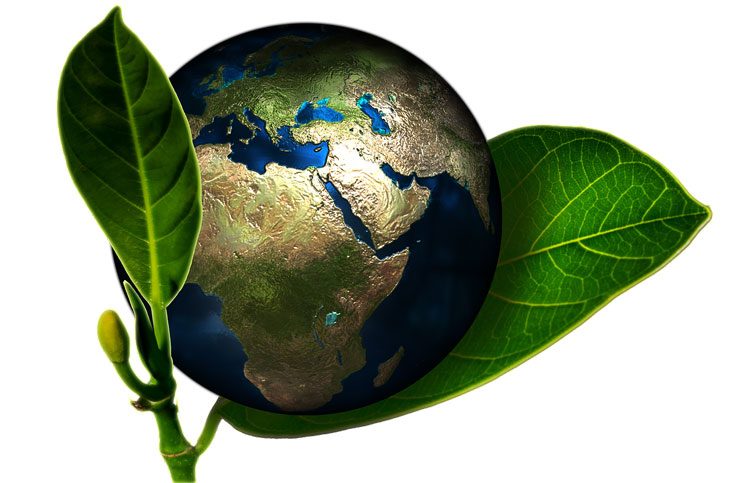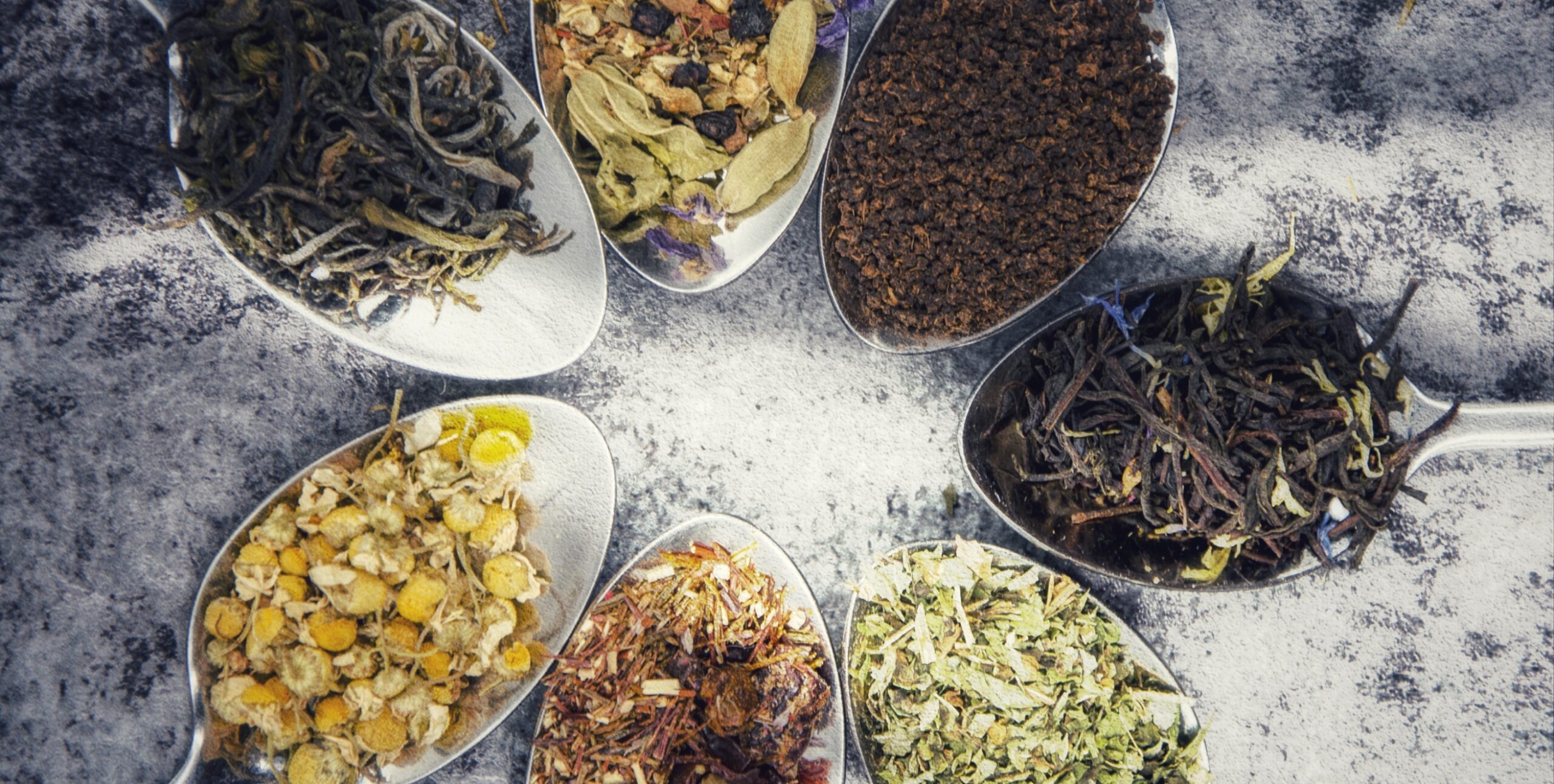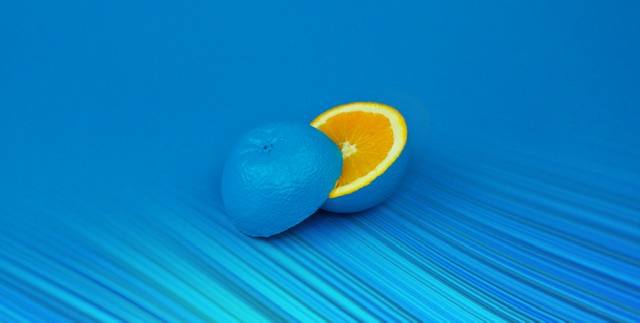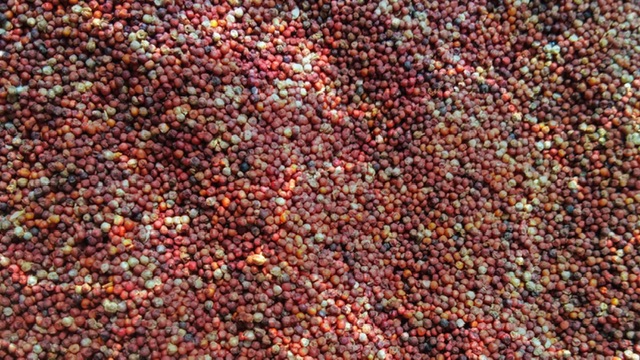Om Prithvi Devayei Vidmahe, Sahasramurtayei Dhimahi, Tanno Prithvi Prachodayat
“Om. Let us meditate on Prithvi Devi, Mother Earth. May that Mother Prithvi of a thousand forms inspire and illumine our mind and understanding.” Rig veda
That which nourishes and nurtures, gives birth and heals, looks after and provides, is Mother.
Nature in all its abundance provides all that life needs to exist. We find everything in the lap of mother earth – food, wealth, medicine, beauty, peace, power, health and intellect. Despite the fact that we take from the earth and pollute it in return, earth is generous, ever bearing, ever forgiving. Forgiving yes, but the karma of polluting mother earth would come on us and create disease in the body. This is the reason why the ancients propagated healing techniques not by chemicals but by mother nature.
Earth in its raw natural form is powerful, nourishing and therapeutic. Since millennia, raw earth in the form of clay has been used for the benefit of mankind- therapies, beautification, detoxification, cleansing and food.
Clays are excellent in controlling decay or putrefaction with properties that have proven them to be more powerful and effective than antibiotics and steroids. Their cicatrizing properties promote wound-healing and anti-inflammatory properties make them excellent pain/joint-pain relievers. Many clays are believed to destroy cancer cells, owing to the property called adsorption, which attracts negative ions and toxins from the body.
Clays find extensive use in beautification and anti-ageing. Many natural mineral compounds found in earth are used as natural sun block agents, which reflect the harmful UV rays with their reflective action. Volcanic clay wraps and applications draw out impurities and leave the skin healthy and glowing.
White clays are soothing and nourishing, soften the skin and lighten the complexion. Red and pink clays are emollients; they absorb a lot of water moisture and lend it to the skin. Clay wraps also cool the body and bring down fevers and temperature. Some volcanic clays are naturally soapy and effectively cleanse and purify the skin with their natural mineral content in mud baths. Calcium based clays, also called as living clays, are used even internally for therapeutic purposes. They very effectively pull out heavy metals like mercury, arsenic, lead and tin by attaching to them.
It is important however to choose a clay which comes from a pollution and radiation-free environment, is naturally quarried and purified by natural sunlight and has been properly ventilated.
Nature therapy is the best solution to counter the effects of ever-increasing pollution and decay that modern lifestyle is influenced and inflicted with. Earth welcomes you with open arms.
CLAY TRIVIA
Ancient tribes of the high Andes, central Africa and the Aborigines of Australia used clay as a dietary staple, a supplement and for healing purposes.
In the second century AD, Galen, the famous Greek philosopher and physician, was the first to record the use of clay by sick or injured animals. He later recorded numerous cases of the internal and external uses of clay in his treatise on clay therapy.
Early French cultures used clay for nutrition and medicinal purposes. They touted the clay’s healing effect on gum diseases, ulcers, rashes, dysentery, hemorrhoids, infected wounds and bites.
The 19th century German naturopath, Sebastian Kneipp, and fellow naturalist Adolph Just, accorded clay therapy a prominent position in their arsenal of holistic medicine due to the tremendous results they achieved using it.
Early, in the 20th century, Julius Stump, a renowned Berlin physician, successfully used clay therapy to treat Asiatic cholera. A contemporary, Dr. Meyer Camberg, used green clay to neutralize arsenic poisoning.
During the 1st World War, German physicians offered clay therapy as a solution to the food poisoning, dysentery, diarrhea, and wound infection that was rampant among troops on both sides, greatly reducing mortality rates.
During the 1st World War, the Russian soldiers received 200 grams of clay along with their rations and it was added to mustard in several French regiments, who remained free of the dysentery which ravaged nearby regiments.
Russian scientists used clay to protect their bodies from radiation when working with nuclear material. Because it adsorbs radiation so well, Bentonite Clay was the material chosen to dump into the Chernobyl reactors after the nuclear meltdown there.





